Belated response to WWII hero’s quest for gas company history
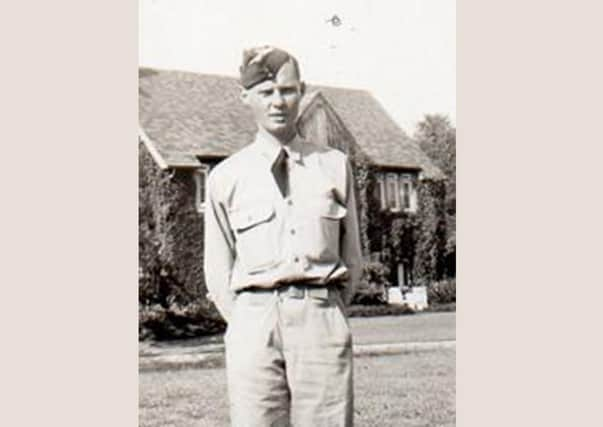

We both hailed from Enniskillen and on the number of occasions when I was privileged to interview him, usually on the anniversaries of significant WWII events, he always ended the conversation by asking me to tell the story here of the Enniskillen Gas Company.
Bill died peacefully on November 15, 2020, aged 97, at his home in Lisburn, where he settled after the war as an air traffic controller with the Ministry of Civil Aviation at Nutt’s Corner, then Belfast Airport.
Advertisement
Hide AdAdvertisement
Hide AdHe was a fully-fledged ‘Enniskillener’, born in 1923 between the bridges of the island-town, in Darling Street.
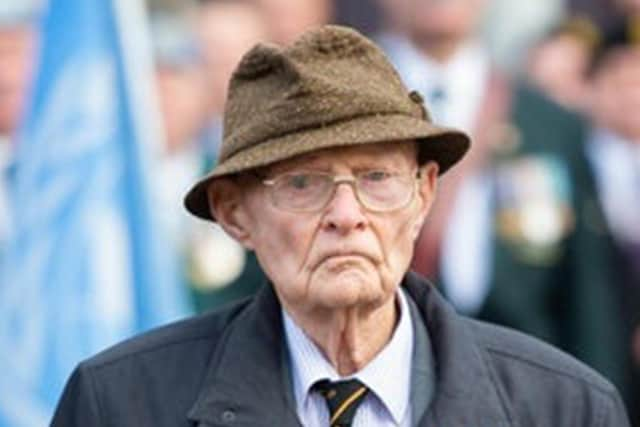

He attended the local Model Primary and Portora Royal School and had his first flight in a plane in 1936, aged 12, when an Air Circus visited Fermanagh.
Until a couple of years ago Bill sailed his own boat on Lough Erne, where he loved the local and natural history and was interested in the history of the town’s Gas Company!
More about that in a moment, but first, a short summary of Flight Lieutenant Bill’s journey to, and heroism in, the sky.
Advertisement
Hide AdAdvertisement
Hide AdWhilst he was a pupil in the Model School his teacher brought the class outside to watch an RAF plane flying overhead and not long afterwards, in 1936, 12-year-old Bill went up in his first plane when C.W. Scott’s International Air Circus came to town.
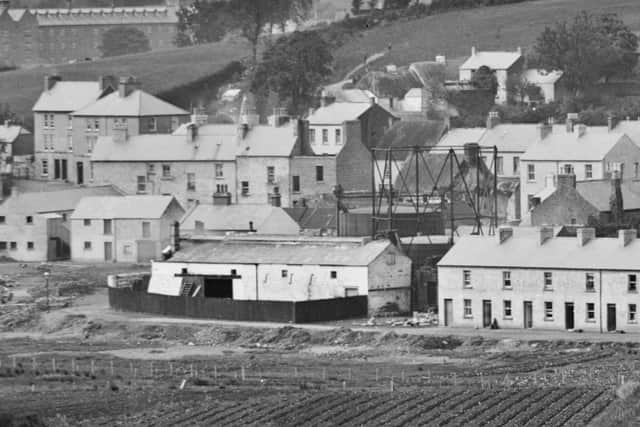

He paid seven and six for the pleasure-flight with his chum George McVitty and from that moment Bill wanted to be a pilot.
He joined RAF in 1941 and was posted to the USA.
He returned to RAF Ashbourne in Derby, flying Whitley and Albemarle aircraft, before joining 570 Squadron at RAF Hurn near Bournemouth.
On D-Day, June 6, 1944, Bill piloted one of the planes towing gliders packed with Allied paratroopers into Normandy, to Ouistreham, Northern France, where the troops parachuted down to secure Pegasus Bridge, a vital target for the Allied invasion forces.
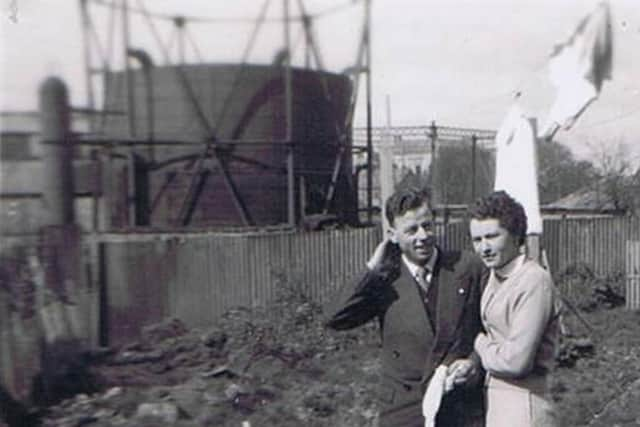

Advertisement
Hide AdAdvertisement
Hide AdA special commemorative painting of Bill’s aircraft towing the glider through enemy gunfire, by artist David Briggs, was presented to the Model School on the 75th anniversary of D-Day in 2019.
Bill also took part in Operation Market Garden in September 1944, the ill-fated Allied attempt to secure the Rhine crossing at Arnhem.
He was badly injured during the operation but stayed at the controls and tended to his wounded crew.
After recuperating Bill returned to duty with 196 Squadron, dropping supplies to resistance fighters and taking part in the surrender of German forces in Norway.
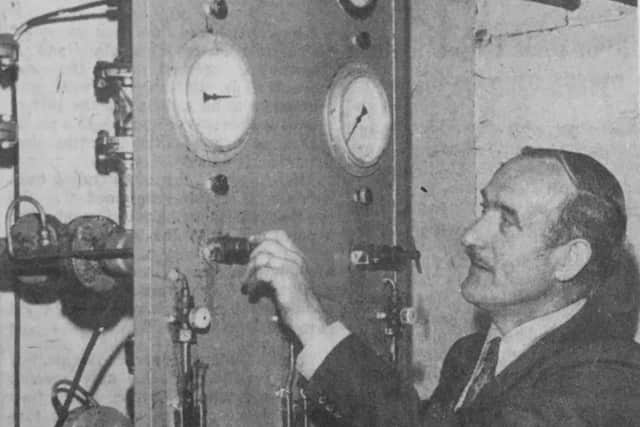

Advertisement
Hide AdAdvertisement
Hide AdHe later became an RAF air traffic controller, promoted to Flight Lieutenant, and came to Nutt’s Corner Civil Airport in 1947.
His wartime awards included the 1939-1945 Star; the Aircrew Europe Star with France and Germany clasp; the Defence Medal; the War Medal, with Mentioned in Dispatches Oak Leaf; the Legion d’Honneur and in 2019, the British Empire Medal (BEM) presented by Her Majesty The Queen for his community work and services to the RAF Association in Fermanagh.
Bill was the beloved husband of the late Fay, a former RAF parachute-packer who died in 1993, and a dearly loved father, grandfather and great-grandfather.
And now, the (short) history of the Enniskillen Gas Company which Bill requested a number of times.
Advertisement
Hide AdAdvertisement
Hide AdThe story and pictures are from ‘Enniskillen In the Rare Ould Times’ - with thanks to Mary Gordon and the Millennium Babes who compiled the excellent local history book.
The Gas Company provided a vital service from the 1850s until the 1970s, in pipes under the town’s streets to local homes, shops, factories, hospitals, pubs and hotels.
Even The Impartial Reporter’s newspaper presses were powered by a gas engine, and similarly enlightening, the town’s streets were lit by gas, for safer night-time walking.
The gas production plant was established by an English company, which had its base in Yorkshire, but it seems never to have been a profitable undertaking.
Advertisement
Hide AdAdvertisement
Hide AdThen Enniskillen Electric Company was formed and the street lights, and many of the homes and businesses, changed over to the more efficient and cleaner electric lighting.
However, the gas works continued to supply power for cooking and heating, to laundries, hospitals, schools and firms using large boilers.
The continuing increase in the cost and transport of coal placed a heavy burden on the gas plant and as a result of this, the plant was converted to use propane gas in the 1960s, which proved very satisfactory.
The large tanks - variously called gasometers or gas holders - became a noteworthy addition to the town’s skyline at the rear of Belmore Street.
Advertisement
Hide AdAdvertisement
Hide AdIndeed, for many years the road leading down to the gasworks was changed from Quay Lane to Gas Lane.
The Company’s large, circular, gas tanks, rose from 30 feet underground, in a series of telescopic cylinders, to a height of around 45 feet when full of gas.
As the demand for gas increased, a second tank was installed.
The gas, which came from heated, purified coal, was pumped into the gas holders, which gradually rose as they were filled.
From there it flowed through the mains around the town, with the gas-holders rising and falling as the gas was used and replenished.